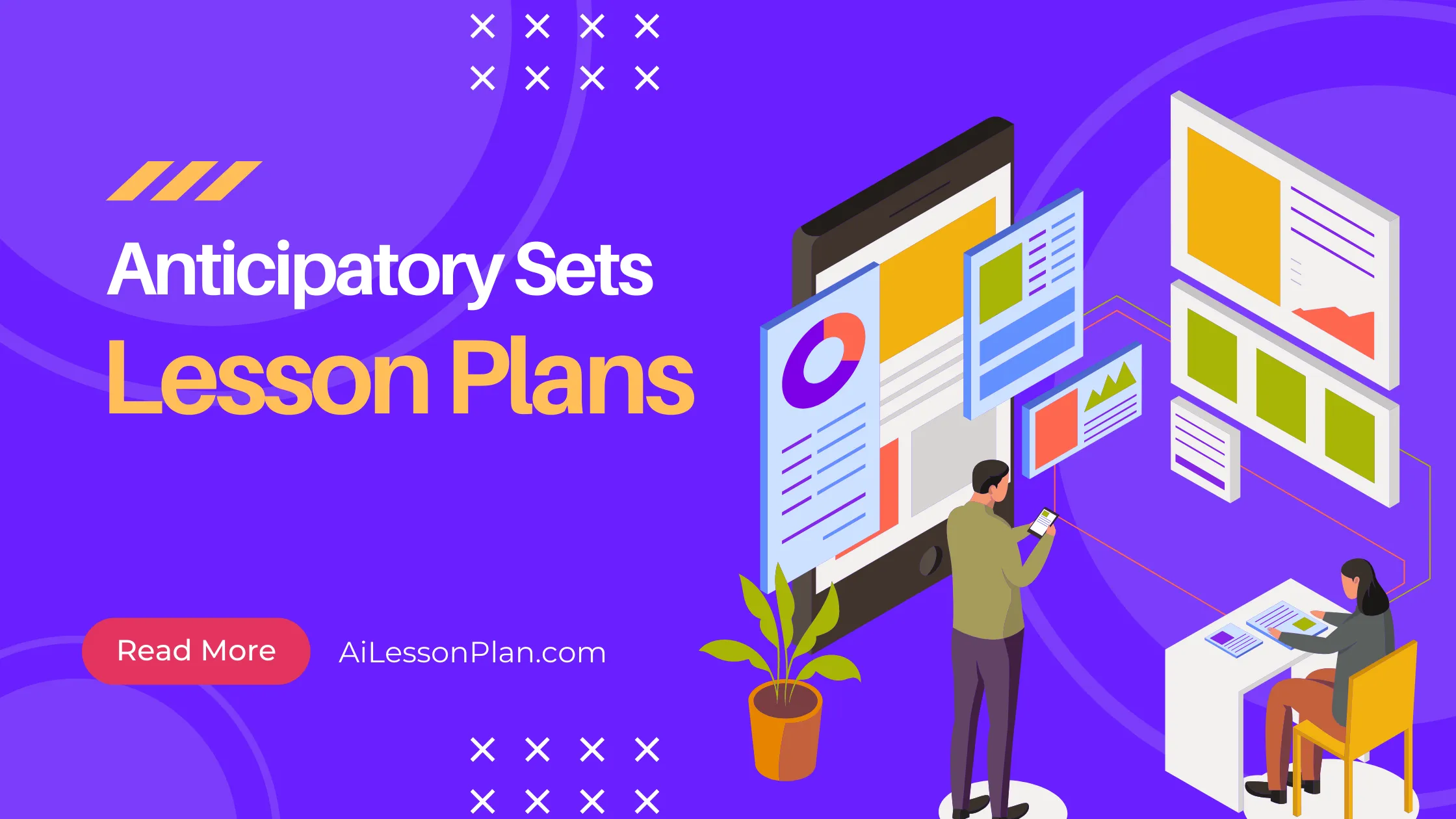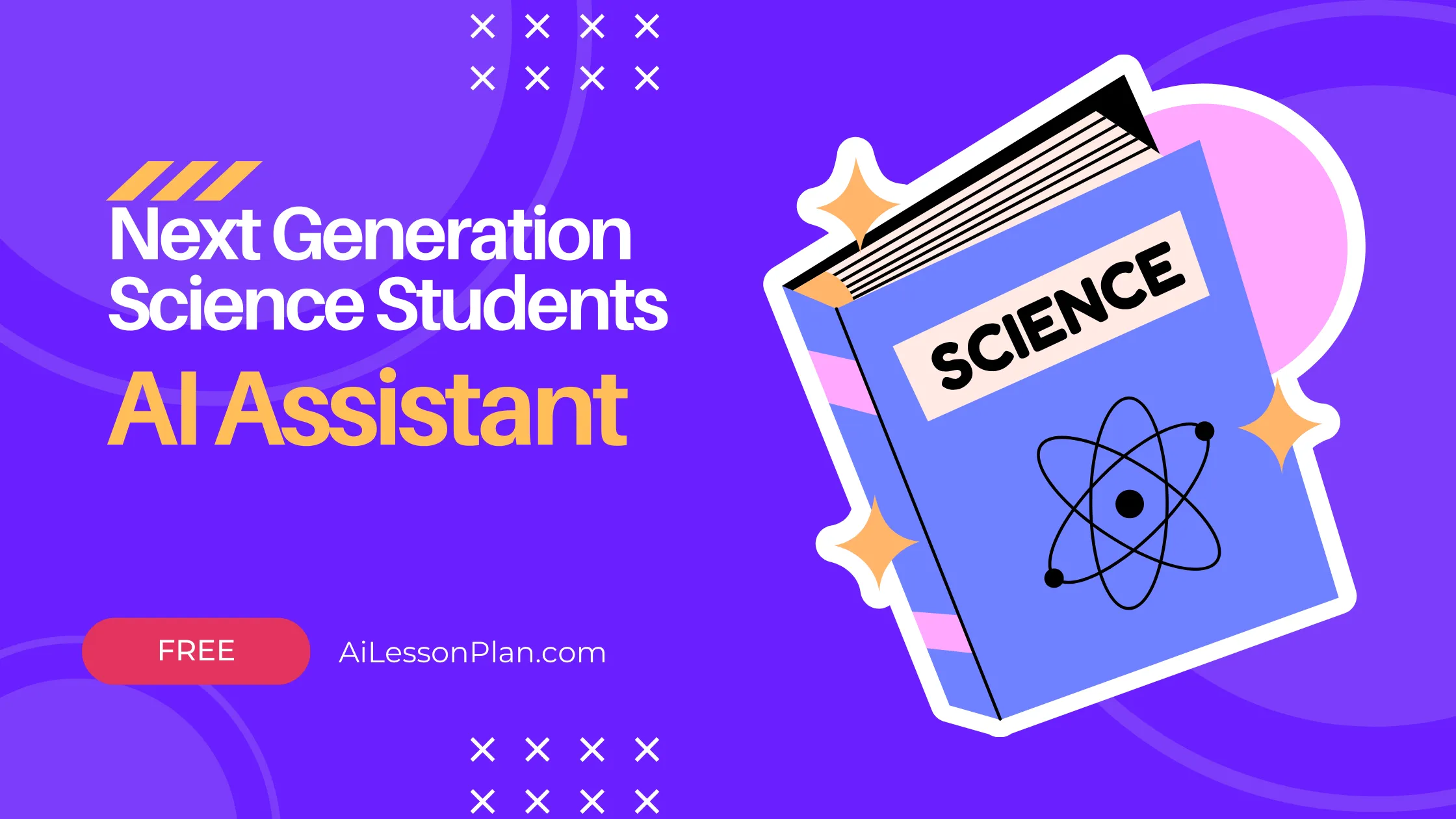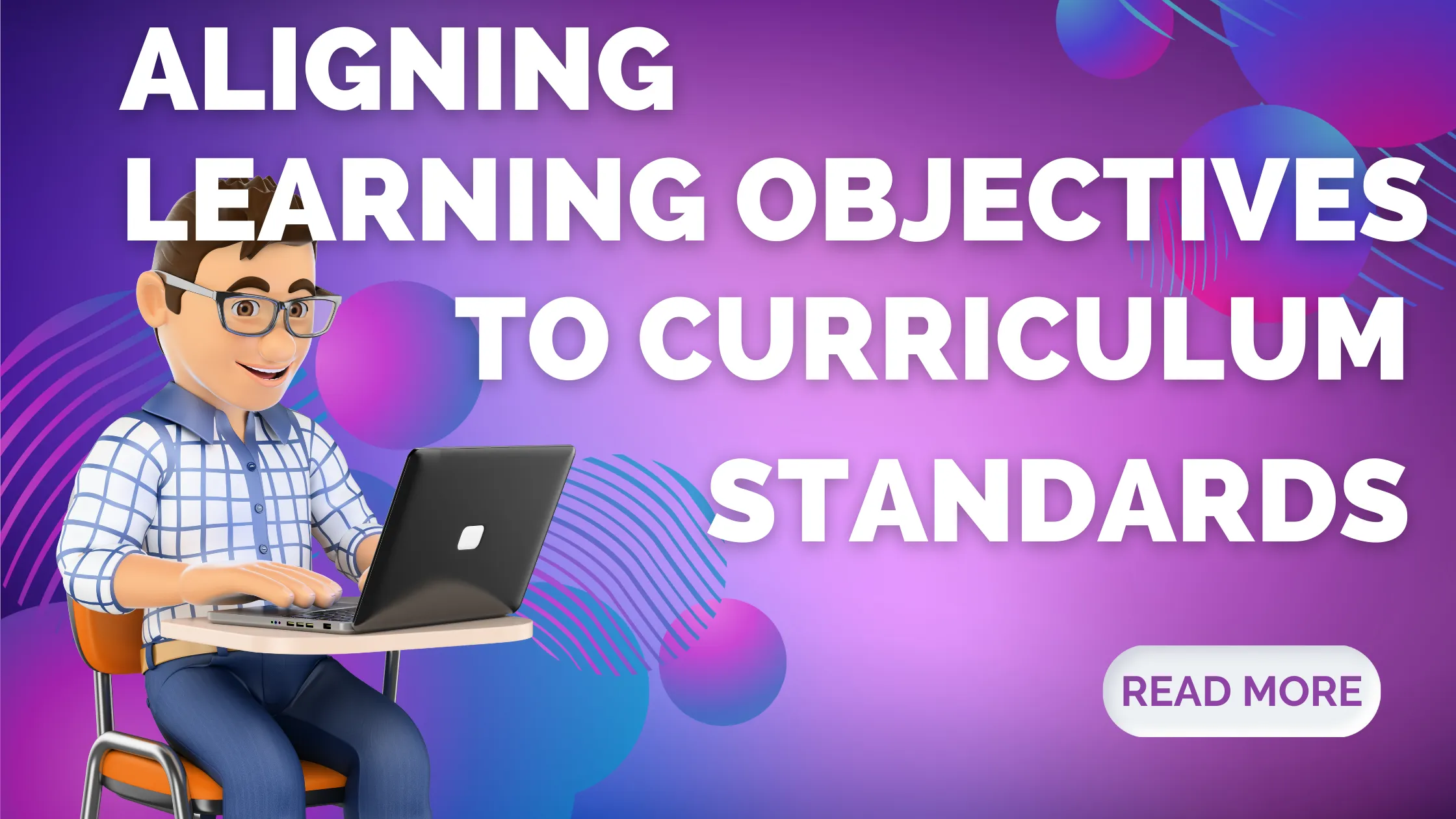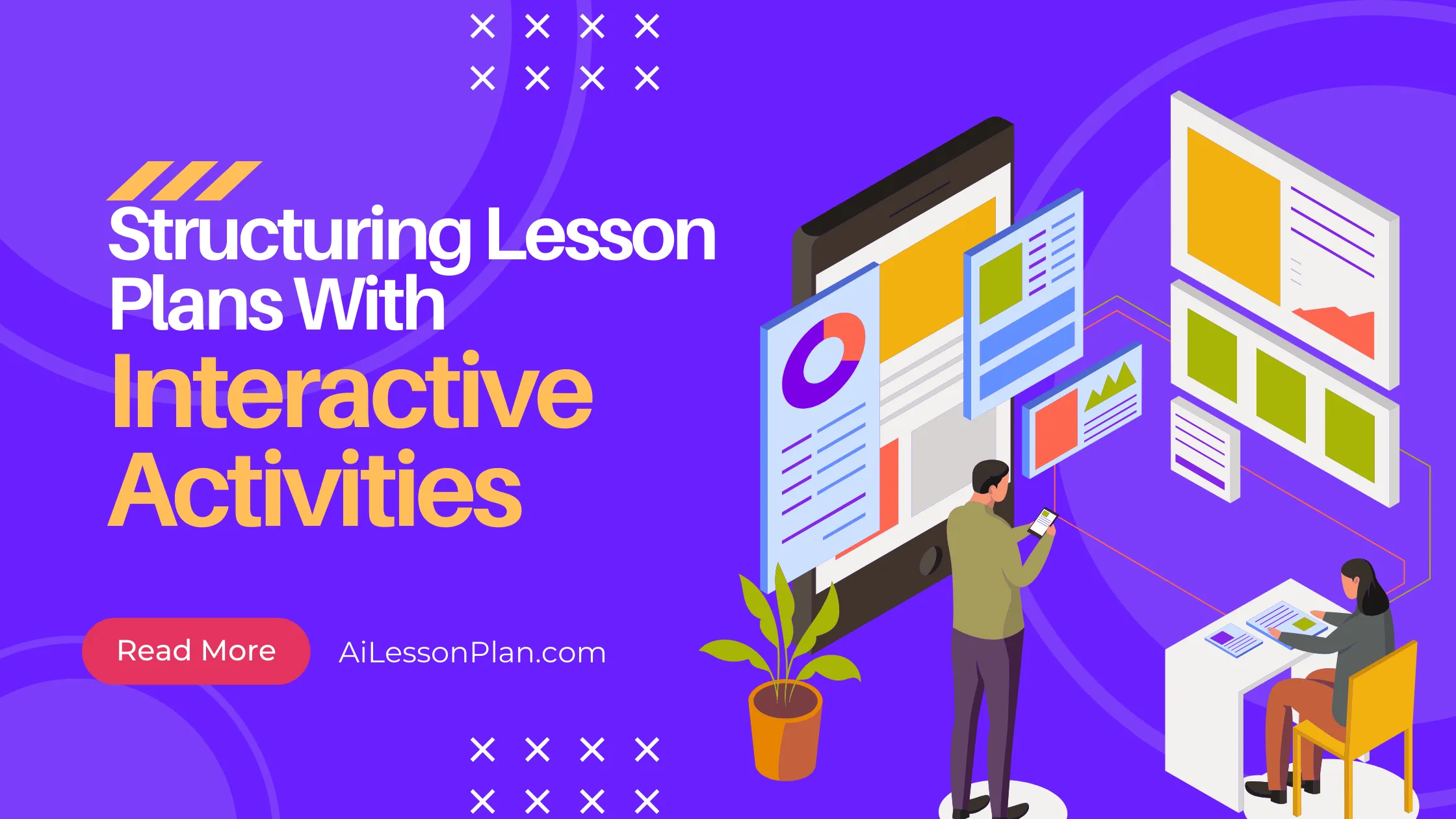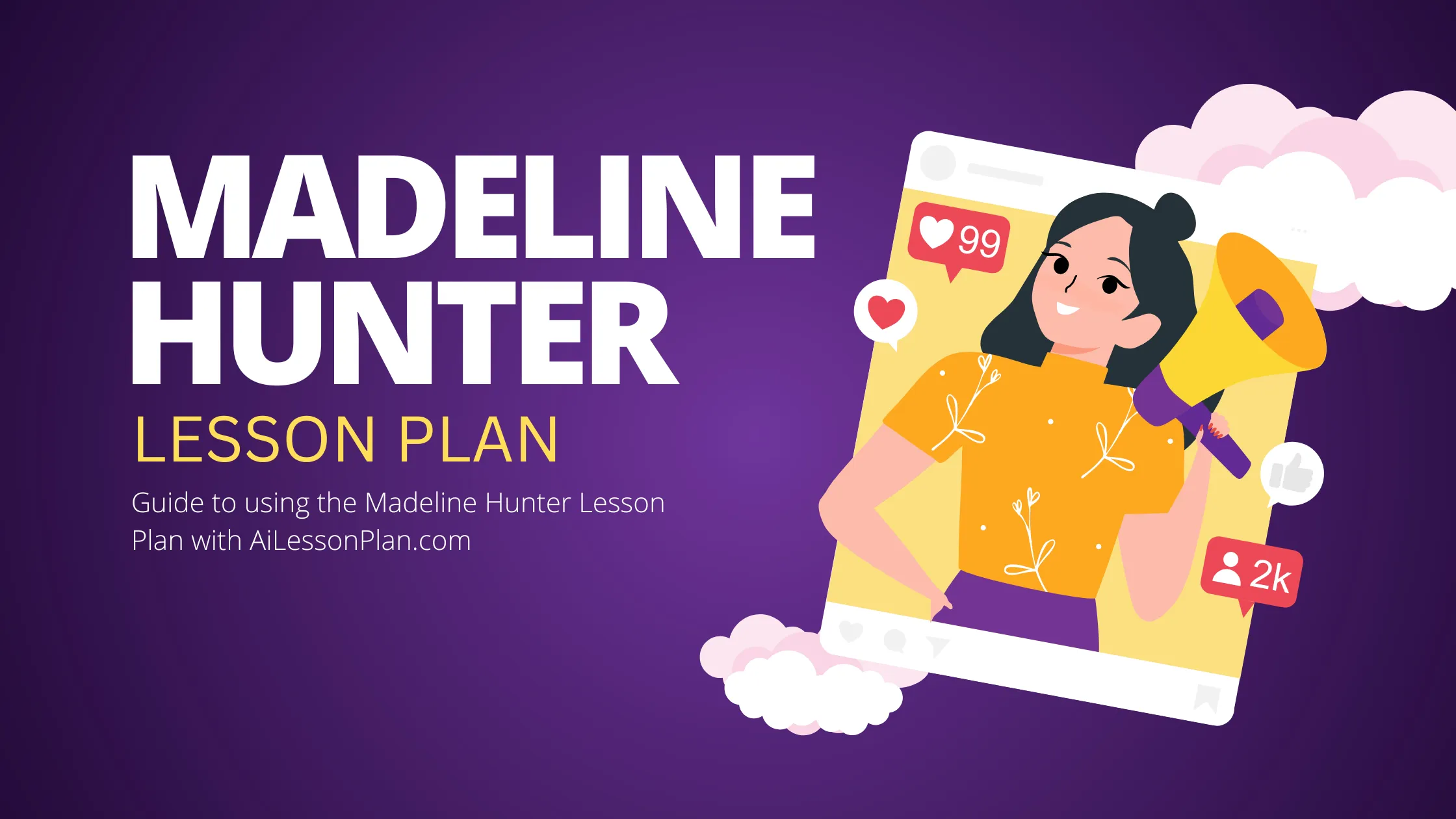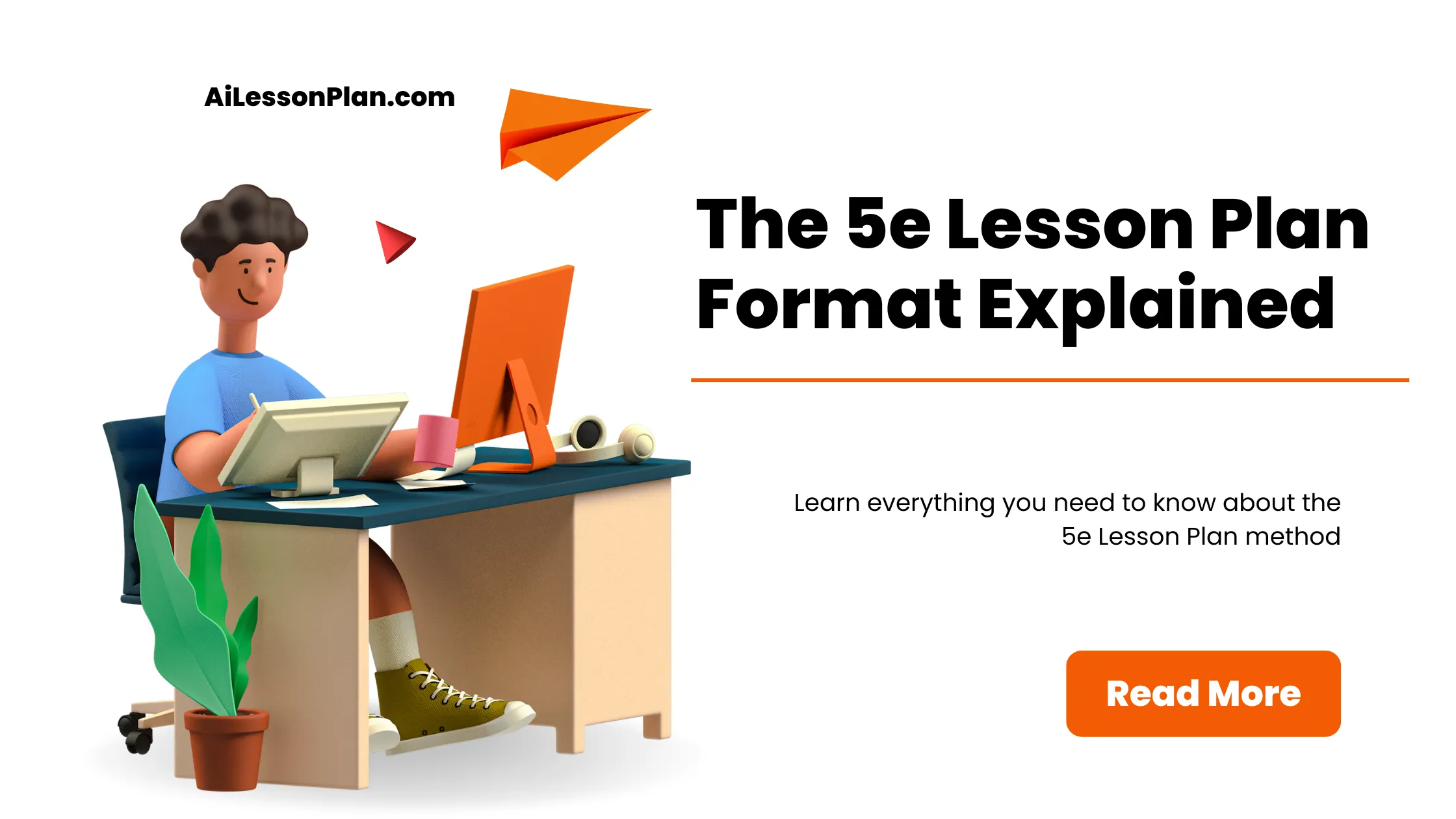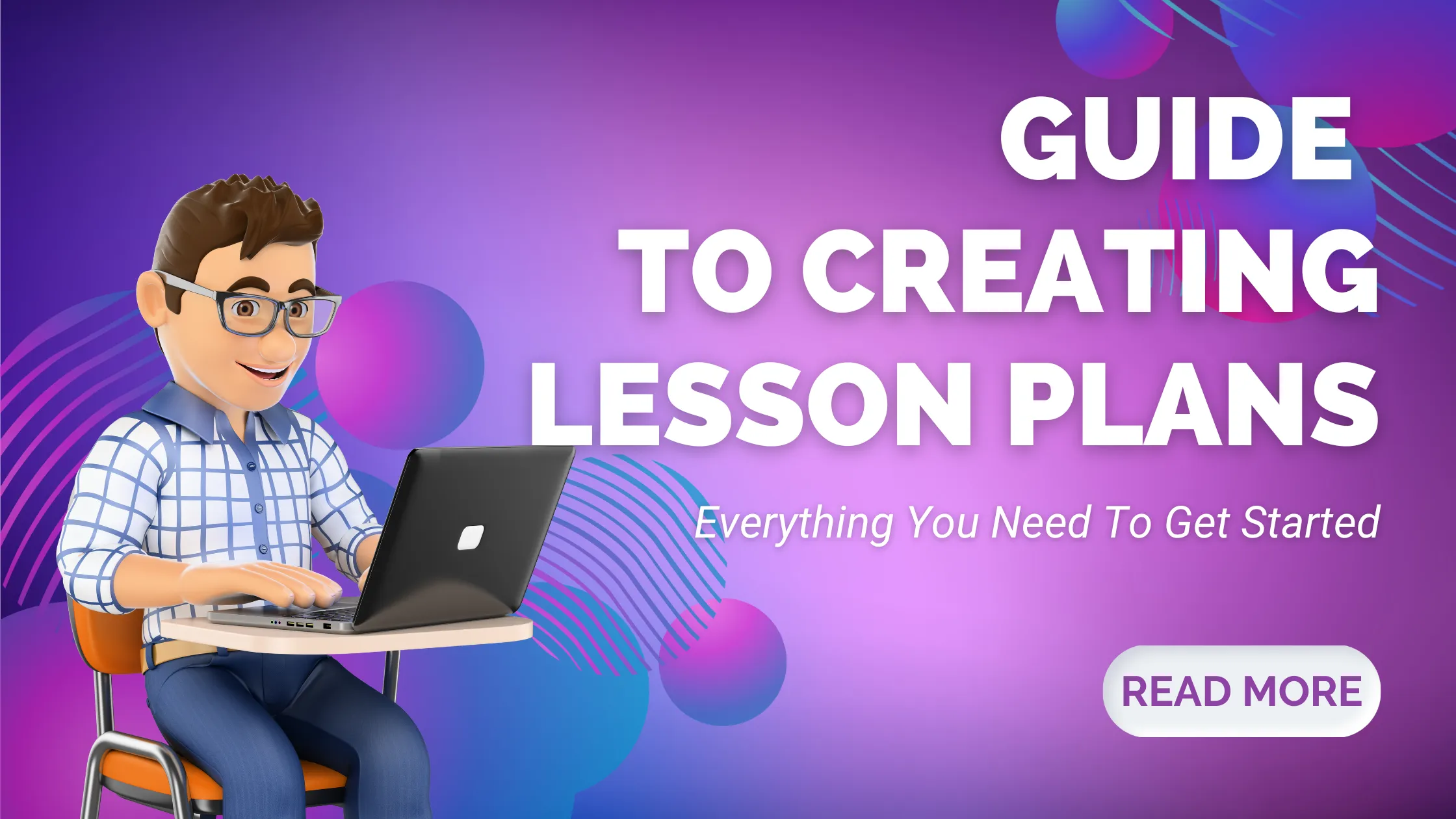The Power of Anticipatory Sets in Lesson Planning
As a teacher, you know that an effective lesson plan requires a lot of preparation. One of the most important parts of any lesson is the beginning, where you try to grab your students' attention and get them excited about what they are going to learn.
This is where anticipatory sets come into play. Anticipatory Set is a brief activity or prompt designed to engage students' attention, activate their prior knowledge, and create curiosity about the upcoming learning experience.
In this blog post, we will explore the power of anticipatory sets in lesson planning. We'll discuss why anticipatory sets are important, how to plan them effectively, and share various examples of hooks that can be used in elementary lesson planning.
Additionally, we will explain how using vocabulary and creating relevance can help students connect new information with their existing knowledge and make learning more engaging. By the end of this post, you'll have all the tools you need to create effective anticipatory sets that set your students up for success.
Don't forget you can easily create lesson plans with Anticipatory sets using our AI Lesson Plan Software .
What is an Anticipatory Set?
An anticipatory set is an engaging activity or prompt used at the start of a lesson to activate students' prior knowledge and pique their interest. It can take various forms such as brief discussions, videos, or hands-on activities. The aim is to motivate learners, establish clear learning objectives, and set the stage for a successful lesson.
Importance of Anticipatory Sets
Engaging students at the beginning of a lesson is crucial in capturing their attention. This is where an anticipatory set comes in handy. It's a great way to activate prior knowledge and set the tone for the upcoming lesson.
By using instructional strategies such as short activities or vocabulary hooks, educators can establish clear learning objectives and prepare students for what's next. Anticipatory sets help create relevance in student learning and comprehension while keeping them interested through real-life analogies or artwork.
Madeline Hunter's approach supports using small groups to increase student participation with good anticipatory sets.
TRY AILESSONPLAN.COM FOR FREE TODAY
How to Plan Anticipatory Sets
Creating a Great Way for Students to Learn with Engaging Anticipatory Sets
When planning anticipatory sets, teachers must keep in mind their purpose and benefits.
To create good anticipatory sets that will capture students' attention make sure to identify key concepts or objectives and then choose relevant activities which connect upcoming lessons with prior knowledge. Incorporating multimedia resources such as artwork and analogies can also help increase student’s interest by making connections to real life.
Another strategy could be incorporating vocabulary that students may encounter later into the short activity at the beginning of a lesson. Lastly, remember that evaluating how effective the anticipatory set was by measuring comprehension and students’ attention can help refine instructional strategies for future lessons.
TRY AILESSONPLAN.COM FOR FREE TODAY
Using Vocabulary in Anticipatory Sets
When planning an anticipatory set, incorporating relevant vocabulary can capture students' attention and activate their prior knowledge. Choose words that are familiar yet challenging, and use techniques like visual aids or word games to make them engaging and memorable.
This will not only improve student comprehension but also create a good anticipatory set for the upcoming lesson. Additionally, instructional strategies like analogies or short activities related to real-life or artwork can increase student interest and relevance towards the subject matter. By including these elements, you can plan a great anticipatory set that sets the tone for student learning.
Creating Relevance in Anticipatory Sets
Engaging students right at the beginning of a lesson is crucial for their learning. Creating relevance through anticipatory sets is an effective instructional strategy that captures student interest and improves their comprehension of the subject matter.
It involves using varied media formats like artwork, music, videos, or analogy to connect with their prior knowledge and make them remember it better. By keeping it brief yet exciting, you can pique their curiosity and engage them in short activities that align with the learning objectives of your lesson plan.
Kinesthetic Hooks for Anticipatory Sets
Incorporating instructional strategies like kinesthetic hooks into an anticipatory set is a good way to begin a lesson. Kinesthetic hooks help activate prior knowledge and create anticipation for the next lesson, while improving student learning and comprehension.
Using small groups or real-life scenarios can add relevance to the activity and keep students engaged. Analogies or artwork can also be used as part of a good anticipatory set. The goal is to capture students' attention while aligning with your learning objectives for the day.
Auditory Hooks for Anticipatory Sets
To create a good anticipatory set for a lesson plan, auditory hooks can be a great way to engage students and improve comprehension. Using captivating sounds or stories related to the upcoming lesson is a good way to do this.
This will help students focus better and retain information more effectively. When creating an anticipatory set with an auditory hook, it is important that it is short and focuses on the learning objectives so as not to lose students' attention.
Try instructional strategies like using real-life analogies or artwork as well as other small activities in groups of two or three.
Visual Hooks for Anticipatory Sets
Visual hooks that incorporate artwork, props, interactive activities, and real-life examples are effective ways to engage students' interest in anticipatory sets in a lesson plan.
These hooks can create relevance for the instructional strategies and improve comprehension of subject matter. When planning a good anticipatory set, consider short activities that align with learning objectives and pique student interest while avoiding starting with the primary key term what is an anticipatory set in a lesson plan'.
Use anticipatory sets at the beginning of a lesson to activate prior knowledge and capture students' attention, leading to improved student learning outcomes.
Emotional Hooks for Anticipatory Sets
Creating relevance at the beginning of a lesson is crucial to capture student’s attention and enhance comprehension. Emotional hooks are a great way to engage students from the start and create a positive learning environment.
Incorporating storytelling with an analogy or real-life experience, multimedia elements like instructional strategies or artwork can pique student interest in the upcoming lesson. A short activity related to the subject matter can also be used as an emotional hook.
Anticipatory sets maximize prior knowledge while generating curiosity for what's coming next in the lesson plan while aligning with learning objectives. By keeping these points in mind, teachers can create effective anticipatory sets that engage every student in small groups or whole-class instruction.
Examples of Lesson Hooks
Engaging students from the beginning of a lesson can be challenging but important for effective teaching.
Using various instructional strategies, such as creating an emotional hook through storytelling or using multimedia elements like artwork or videos, can capture students' attention and pique their interest in the upcoming lesson. Incorporating real-life scenarios or personal anecdotes related to the subject matter creates relevance and enhances comprehension.
A short activity that connects to the next lesson while prompting prior knowledge is also beneficial for student learning. Additionally, including vocabulary or analogies in the anticipatory set further reinforces understanding and engages students' critical thinking skills.
Anticipatory Set Parts
A good anticipatory set acts as a hook that captures students' attention at the beginning of a lesson. Anticipatory set parts are essential instructional strategies used by teachers worldwide to make student learning more engaging and interactive.
These parts include introduction, objective, connection, demonstration, and assessment. The introduction can be via artwork or analogy to create relevance. The objective aims at what students will learn by the end of the lesson.
Connection links new knowledge with prior learning experiences while demonstrating its relevance in real life situations. Finally, assessment evaluates students' prior knowledge to adjust instruction accordingly.
Anticipatory Sets in Elementary Lesson Planning
Engaging students in an upcoming lesson is crucial. A good anticipatory set captures students' attention and activates their prior knowledge about the subject matter. It's a great way to start a lesson because it creates relevance and builds curiosity among students.
As Madeline Hunter stated, "The beginning of a lesson is like an analogy to a movie trailer; it should capture our attention to make us want more." There are various instructional strategies that teachers can use for anticipatory sets such as artwork or real-life scenarios presented in small groups. By using these techniques, teachers can ensure comprehension and get their students excited about the next lesson.
Frequently Asked Questions
What is an example of an anticipatory set in a lesson plan?
An anticipatory set is an activity or prompt given at the beginning of a lesson to capture students' attention and activate their prior knowledge. Examples include brainstorming on sticky notes or analyzing a video clip.
Anticipatory sets can set the tone for the lesson and increase student engagement while providing context for what's to come.
How do you write a good anticipatory set?
Craft an interesting and concise anticipatory set to capture your students' attention. Use a hook to pique their curiosity, introduce important concepts or terms that will be covered in the lesson, and make sure it aligns with the overall learning goals.
What are the 4 components of lesson plan?
Lesson plans consist of four essential components: objectives that are specific and measurable, instruction that includes anticipatory sets, direct instruction, and guided practice, assessment that measures student learning and informs future instruction, and reflection on the effectiveness of the lesson.
What anticipatory techniques do you use in the classroom?
To engage and prepare students for learning, anticipatory sets can be used in the classroom. These include thought-provoking questions, relevant video clips or attention-grabbing visuals. Anticipatory sets should align with lesson objectives and promote active participation. Teachers should experiment with various techniques to determine what works best for their students.
Conclusion
Anticipatory sets are a powerful tool in lesson planning that can help to capture students' attention, generate interest, and facilitate learning. By creating relevance, using vocabulary, and incorporating hooks in the form of kinesthetic, auditory, visual, and emotional stimuli, teachers can set the stage for an engaging and effective lesson. Anticipatory sets also provide a structure for lesson planning that allows teachers to align their objectives with their students' interests and needs. To learn more about how to plan anticipatory sets and incorporate them into your lessons, check out our comprehensive guide on anticipatory sets in lesson planning.

